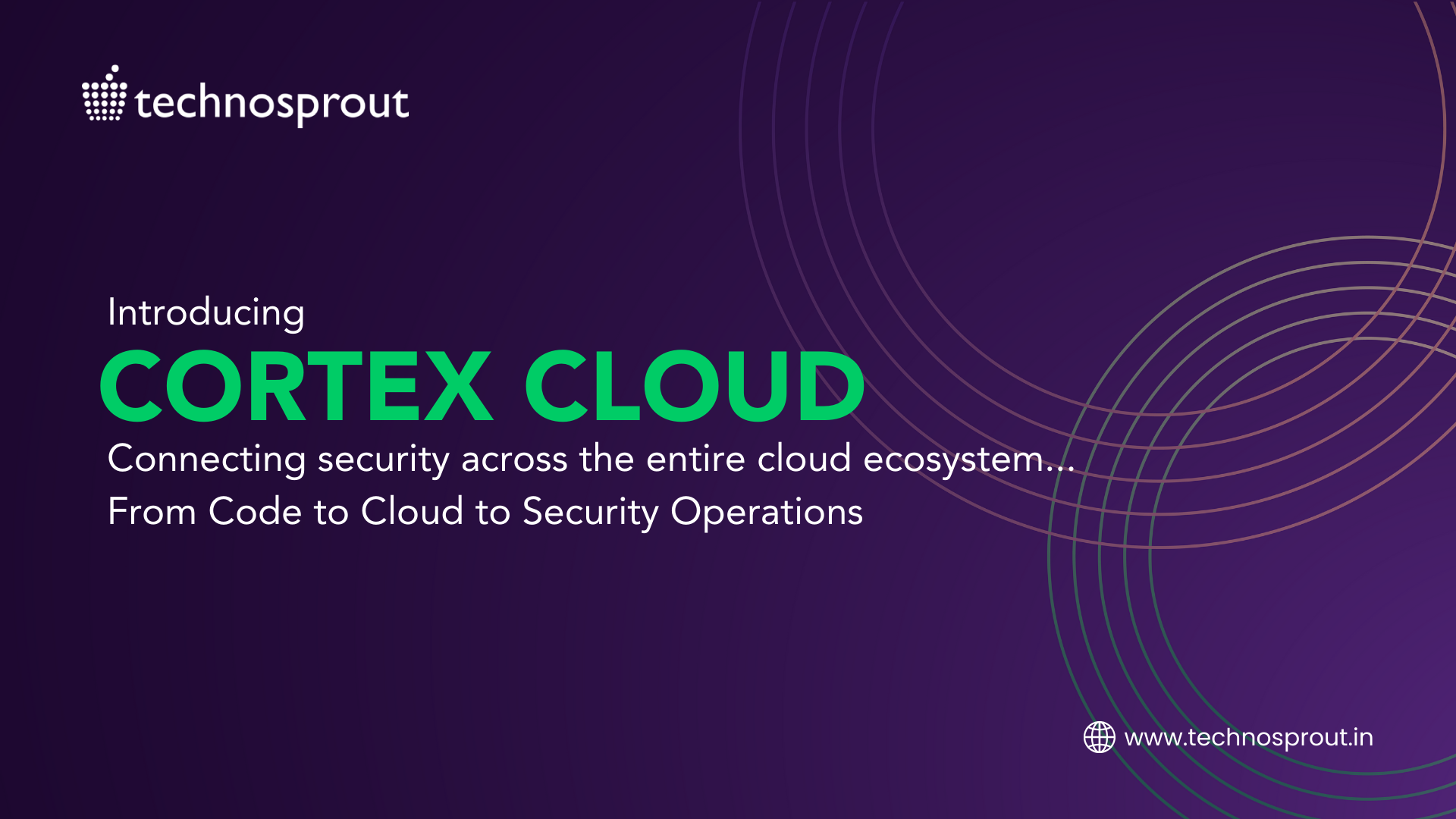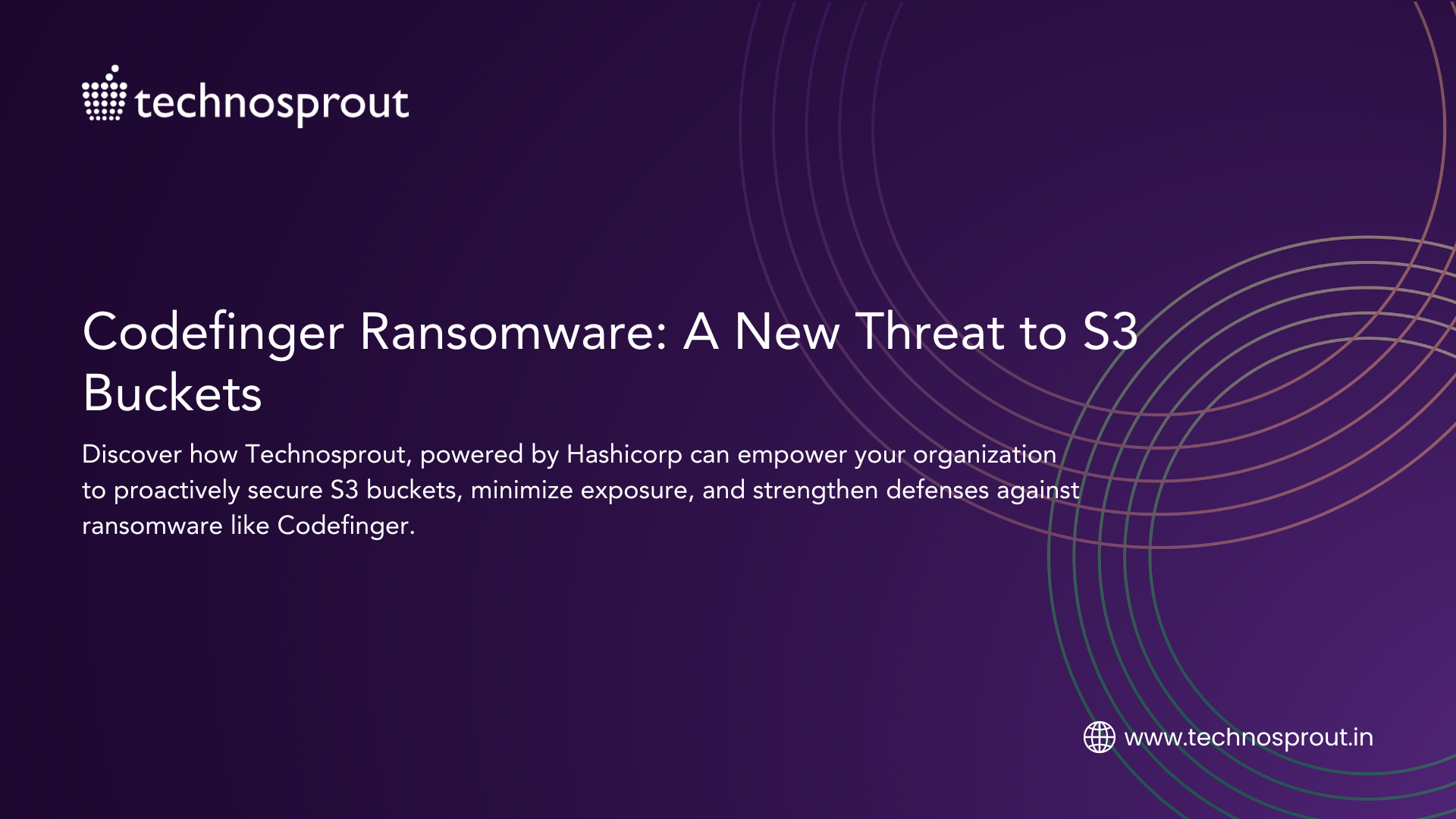Docker containers have revolutionized the way we develop, ship, and run applications. However, with great flexibility comes significant security challenges. As organizations increasingly leverage containerized environments, securing docker containers has become more important than ever. In this guide, we’ll explore how Prisma Cloud helps ensure the security of your Docker containers—providing visibility, protection, and compliance in every stage of the container lifecycle.
Why Is Docker Security Critical?
Containers are inherently ephemeral and dynamic, making traditional security tools ineffective in many cases. Vulnerabilities in images, misconfigurations, and runtime threats pose serious risks to containerized environments. The complexity of managing these risks across distributed infrastructures highlights the need for a dedicated solution that understands container security.
Key Challenges in Securing Docker Containers
Image Vulnerabilities: Docker images may contain outdated libraries or known vulnerabilities that can be exploited if not addressed.
Misconfigurations: Improper configuration of container settings, including permissions, network settings, and secrets, can introduce significant security gaps.
Runtime Threats: Containers, especially in production, are susceptible to runtime threats like privilege escalations, code injections, and anomalous behavior.
Securing Docker Containers with Prisma Cloud
Prisma Cloud offers a comprehensive, automated approach to securing Docker environments, covering everything from image creation to runtime protection.
Image Scanning: Prisma Cloud provides continuous image scanning to detect vulnerabilities, malware, and compliance issues. It integrates with CI/CD pipelines to ensure that only compliant images reach production, minimizing risk from the start.
Access Control: Granular access control mechanisms help prevent unauthorized access to Docker containers. Prisma Cloud supports role-based access controls (RBAC) to ensure only the right users have permissions to critical resources.
Runtime Protection: To ensure that containers behave as expected in runtime, Prisma Cloud applied behavior baselines. It can detect and block unexpected activities such as changes to running processes, privilege escalations, or network anomalies.
Network Security: Prisma Cloud uses micro-segmentation to restrict network interactions between containers. This ensures that even if a container is compromised, the potential impact is minimized.
Threat Detection and Response: Prisma Cloud’s threat detection capabilities allow teams to quickly identify anomalous activities and respond to incidents in real time. Automated alerts and response actions help minimize damage from potential attacks.
Best Practices for Securing Docker Containers
Shift Security Left: Integrate security into the CI/CD pipeline by enabling image scanning early in development.
Limit Privileges: Always run containers with the least privileges needed to accomplish their task.
Regular Updates: Keep base images updated to reduce exposure to known vulnerabilities.
Network Segmentation: Use micro-segmentation to limit the blast radius in case of a breach.
Conclusion
Securing Docker containers is essential in today’s cloud-native world. Leveraging Prisma Cloud, you can ensure comprehensive protection for your Docker environment—addressing risks from development to runtime.
How do you do it?
At Technosprout, we specialize in implementing Prisma Cloud’s powerful capabilities to secure Docker containers across all stages. Our managed services ensure that your cloud environment remains safe and compliant, allowing you to focus on innovation while we take care of security. Let us partner with you to deliver peace of mind in your containerized journey.





